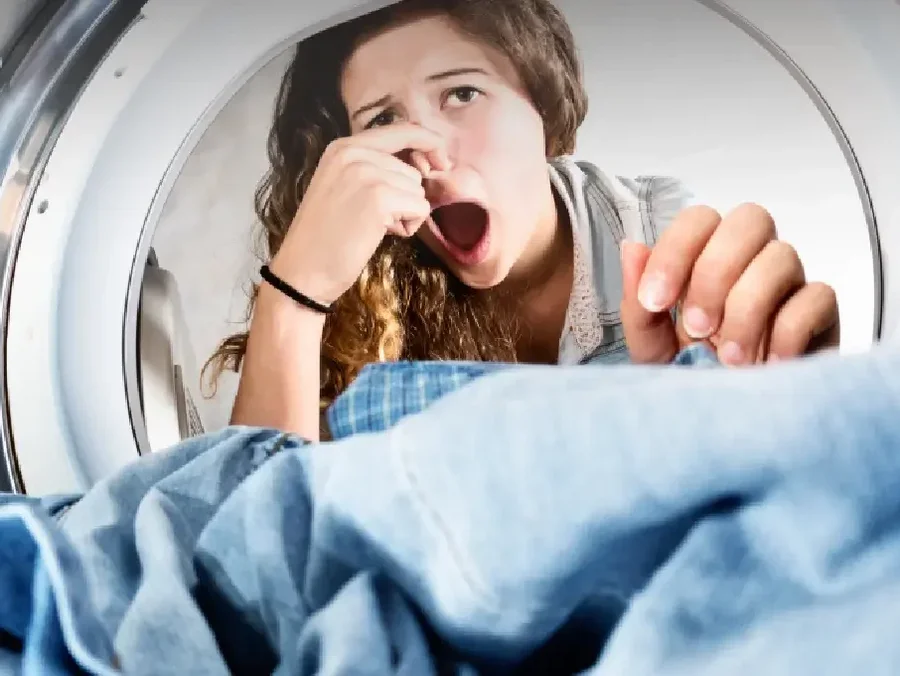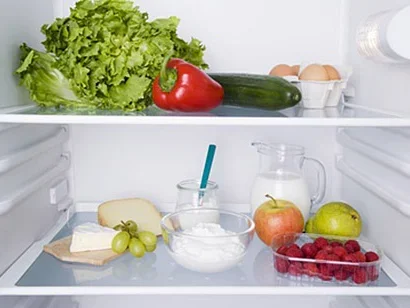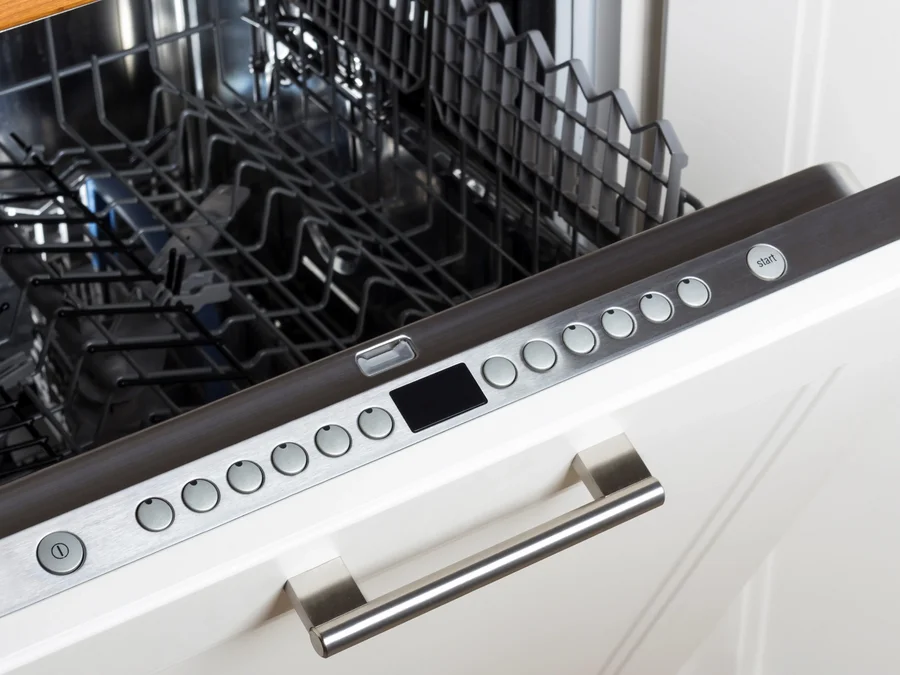Hygiene tips for at home and on the go
Effective hygiene to prevent infections and eliminate pathogens
Whether viruses or bacteria, these everyday hygiene measures will help keep harmful germs under control. To protect yourself effectively against the most common pathogens, here are the key facts at a glance:
Viruses and bacteria: A brief explanation of two types of pathogens
Viruses are tiny organisms that attach themselves to a cell and “repurpose” it to reproduce. However, viruses can also remain active outside a host for a limited time—for example, on surfaces that have been touched by an infected person. Since viral infections are generally more difficult to treat than bacterial ones, prevention through hygiene is the best defense.
In contrast to viruses, bacteria do not rely on a host to reproduce. Some bacterial pathogens can survive for several weeks in the body or the environment. Antibiotics help treat bacterial infections, while disinfectants such as alcohol and chlorine, as well as high temperatures, are used for disinfection.
Optimal hygiene in the bathroom, kitchen, and laundry
There are many places in the household where germs thrive. However, simple measures can effectively prevent germs and infectious diseases even in these areas. For example, door handles throughout the house are ideal carriers for pathogens because they are frequently touched by everyone in the household. Thorough hygiene is especially important in the kitchen and bathroom: when cleaning and disinfecting these hotspots, using specialized surface and appliance cleaners can be very helpful.
In the bathroom, faucets and the toilet require frequent cleaning. Whenever possible, avoid sharing towels, as their moist and fibrous fabric provides an ideal environment for germs and bacteria to thrive.
In the kitchen, towels and dishcloths should be replaced weekly. Extra attention is needed for hygiene around the refrigerator, sink, and all work surfaces. To prevent germs and pathogens, the inside of the refrigerator must be cleaned and disinfected regularly. Especially raw animal products, like meat, should be handled as little as possible until preparation.
Textiles such as towels, cleaning cloths, and even bed linens are usually used for several days at a time. This allows germs to survive and multiply undisturbed for extended periods. To eliminate them effectively, washing at a higher temperature of at least 60 degrees Celsius is recommended. However, for some clothing items, this temperature is too high here, in addition to regular washing, hygiene additives that kill bacteria even at lower temperatures can help. This way, good prevention against infections and illnesses is ensured.
Where exactly do bacteria gather in the household?
- Regularly clean the bathtub and showerhead using a soft cloth. Avoid scratches, as they create ideal environments for bacteria to multiply.
- Use cloths dedicated solely to cleaning the toilet. After each use, wash them thoroughly and let them dry completely.
- Frequently clean door handles. It’s preferable to use handles made of brass or bronze, as these materials help eliminate viruses and bacteria.
- Wash cutting boards in the dishwasher at a temperature of at least 60 degrees Celsius, or wash them by hand with hot water and soap.
- Empty and thoroughly clean the refrigerator regularly. Dispose of spoiled food and clean shelves and surfaces carefully.
- Use trash bins that are easy to clean and appropriate trash bags. Covers should be tightly sealed to prevent the spread of odors and germs.
Hygiene is in our hands
Many hygiene measures can be easily and quickly incorporated into daily life. Since our hands come into contact with the environment most frequently, we can significantly reduce the greatest risk of infection through thorough and frequent handwashing and disinfection.
Before washing, try to keep your hands away from your eyes, mouth, and nose, as germs can easily enter the body through these areas. Soap is ideal for thoroughly cleaning your hands and singing “Happy Birthday” slowly twice while lathering naturally helps you reach the recommended washing time of about 30 seconds. By the way, rock fans can also use the first three verses of “Another Brick in the Wall.” Don’t forget to clean the backs of your hands and the spaces between your fingers. After rinsing under running water, dry your hands with a clean towel.
Practicing considerate sneezing and coughing etiquette also helps prevent the spread of germs. A common mistake is politely coughing or sneezing into the palm of your hand, which can unknowingly transfer germs during the next handshake or when holding onto something on public transport. It’s much better to cover your mouth and nose with your elbow, as it comes into far less contact with the environment.
The top choice for a hygienically clean home
Dr. Beckmann’s appliance and surface cleaners ensure optimal hygiene and freedom from germs.



